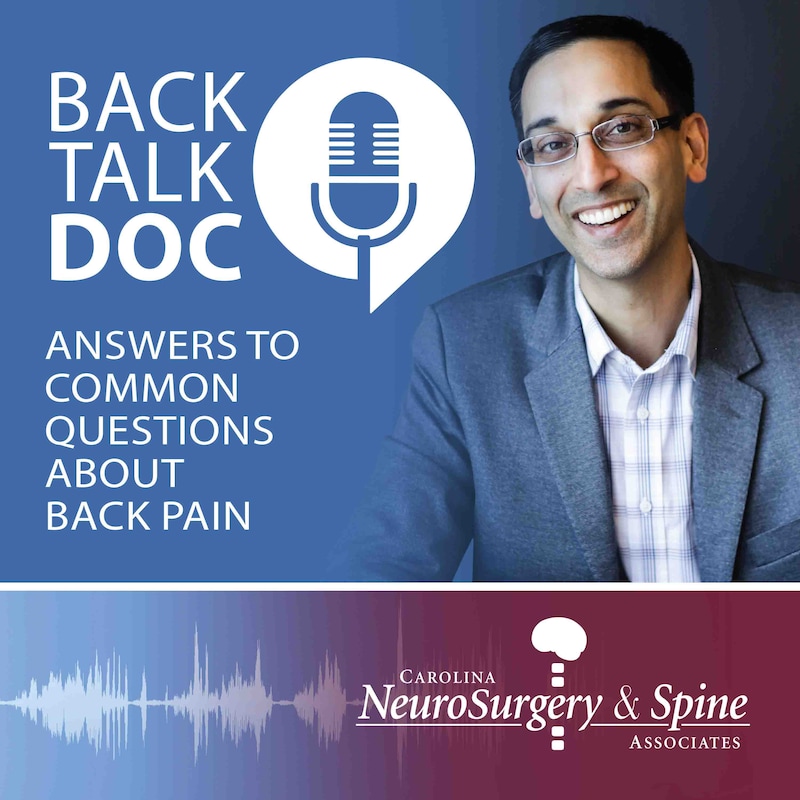On Episode 13 of Back Talk Doc we spoke with Dr. Matt McGirt about Adult Spinal Deformity (Ep. 13 - Adult Spinal Deformity with Dr. Matt McGirt.) It proved to be a popular and valuable episode for our community, so today we’re following up that episode with a discussion of scoliosis and spinal deformity in pediatric patients.
Joining us is Carolina Neurosurgery and Spine Associates’ new partner, Dr. Michael Bohl. Dr. Bohl attended medical school at the University of Michigan and completed his residency at Barrow Neurological Institute. A U.S. Marine Corps Veteran, Dr. Bohl was involved in humanitarian aid missions in East Africa. While he was not considering medical school at the time, the impact of that experience led him to return to East Africa after leaving the Marine Corp to work as a nurses aid.
Dr. Bohl and Dr. Lakhia first differentiate between the terms ‘scoliosis’ and ‘spinal deformity’, which are frequently used interchangeably. (10:17) The latter is the umbrella term which describes a condition wherein the shape of the spine is leading to a problem. Scoliosis, on the other hand, is a type of deformity where the spine shows an S or C-shaped curve.
They examine the causes of pediatric spinal deformities and urge parents to be mindful of their child’s posture as they grow. (13:20) Indicators of pediatric scoliosis include a visible curve in the spine, a curve that worsens over time, and whether or not the spinal deformity is causing symptoms like pain or neurological symptoms. The goal of treatment is to keep the curve from getting worse, usually through minimally invasive methods like bracing and physical therapy. (16:32) And, as with many medical conditions, early intervention is the key to more successful outcomes. (21:21)
Scoliotic curves get worse during periods of active growth, so a brace can help stabilize and control the growth of the curve. (21:55) Early intervention is important here because once the curve reaches a certain severity the problem is likely to continue getting worse into adulthood. If bracing is ineffective and the curvature is becoming more sever, spinal surgery may be an option. However, in a pediatric patient, smaller, less invasive surgeries are performed to manage the curve and not impede the child’s growth. (25:10)
Candidates for surgery include curves greater than fifty degrees and curves that are rapidly progressing and not adequately responding to a brace. Dr. Bohl stresses that while surgical outcomes are overwhelmingly positive, non-surgical treatment options remain a priority for treating pediatric spinal deformities.
For more information on Dr. Sanjiv Lakhia and Back Talk Doc visit BackTalkDoc.com.
Back Talk Doc is brought to you by Carolina Neurosurgery & Spine Associates, with offices in North and South Carolina. To learn more about Dr. Lakhia and treatment options for back and spine issues, go to backtalkdoc.com. To schedule an appointment with Carolina Neurosurgery & Spine Associates, you can call us at 1-800-344-6716 or visit our website at carolinaneurosurgery.com.



